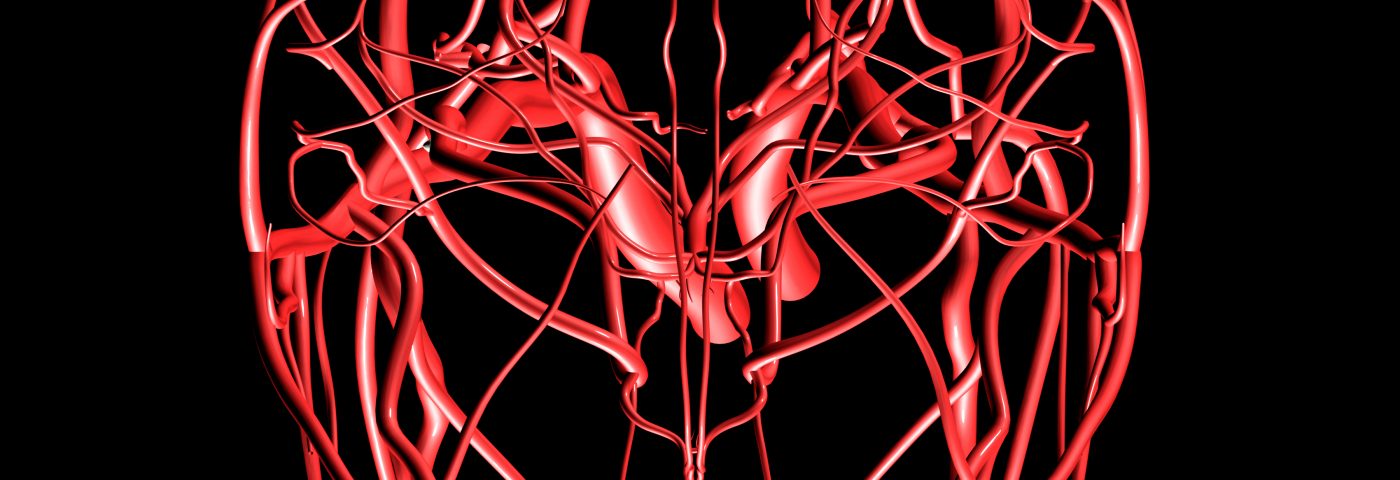A protein called albumin, present in blood plasma, enters the brain and kills nerve cells after epileptic seizures, possibly contributing to speeding up the further development of epilepsy, according to a recent study published in the journal Experimental and Therapeutic Medicine.
The study, “Neuronal uptake of serum albumin is associated with neuron damage during the development of epilepsy,” suggests that disease progression might be prevented by minimizing the amount of the protein entering the brain.
In a healthy human, blood albumin is prevented from entering the brain by the blood-brain barrier — layers of cells making up an impenetrable structure lining the blood vessels entering the brain. Scientists have long known that after a seizure the barrier gets leaky, allowing proteins and cells into the brain.
The leakage of albumin — which is the main protein component in blood — is suspected to contribute to driving disease processes even further, but so far most research has focused not on neurons, but on astrocytes. Astrocytes are glial cells known to consume a large part of the plasma protein that enters the brain after a seizure, and plenty of research shows that the cells then change the way neurons signal.
For the recent study researchers at the Shanghai First People’s Hospital, affiliated with Shanghai Jiao Tong University School of Medicine in China, took on a different approach when studying albumin in epilepsy. They focused directly on neurons.
Looking at rat models of temporal lobe epilepsy where seizures are triggered by injecting the substance kainate, researchers noted that after an epileptic seizure the protein entered the brain just as other researchers had previously described — but they also observed how a large part of it ended up in neurons.
The rat studies suggested that nerve cells became damaged by taking up albumin, with brain areas showing signs of tissue destruction. To test if the action was a result of nerve cells taking up albumin, researchers turned to nerve cells grown in a dish to study the details of the process.
They bathed the cells in kainate with or without the addition of albumin and discovered that while the seizure-triggering drug killed neurons in its own right, the uptake of the plasma protein drove cell death even further. Researchers determined that the study results offer a new possible therapeutic avenue to reduce brain damage and reduce the development of epilepsy.


